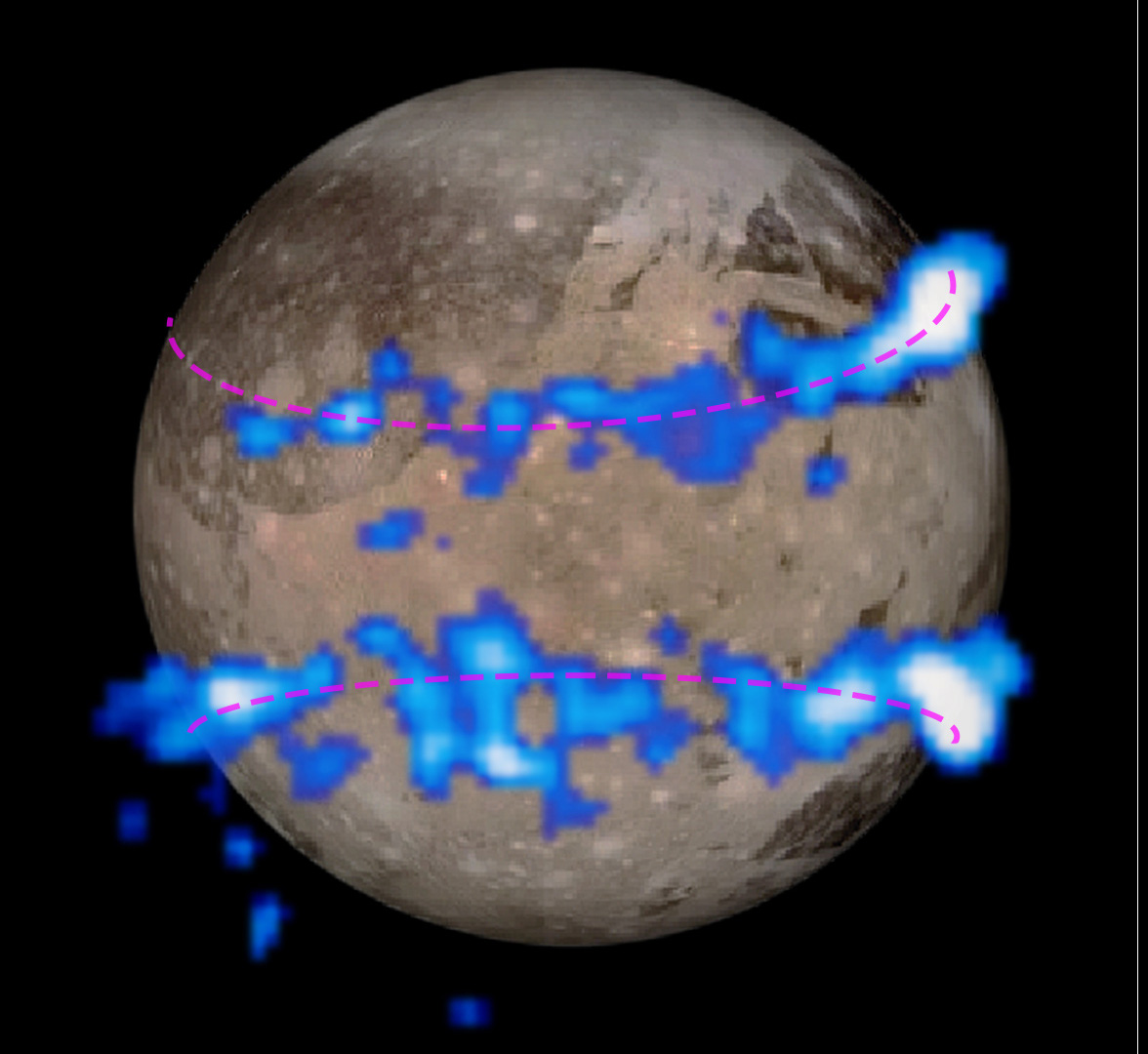NASA scientists have now confirmed the presence of a massive underground salty water ocean beneath the icy shell of Jupiter’s moon Ganymede. This satellite of the largest planet which is larger than our smallest planet Mercury is one of the four moon discovered by Galileo in 1610. The subsurface ocean on the moon, which can […]
NASA scientists have now confirmed the presence of a massive underground salty water ocean beneath the icy shell of Jupiter’s moon Ganymede. This satellite of the largest planet which is larger than our smallest planet Mercury is one of the four moon discovered by Galileo in 1610. The subsurface ocean on the moon, which can easily be seen with a small telescope or even with powerful binoculars, is believed to be at least 60 miles thick. That means it contains more water than all the oceans on the Earth together do!
This was pointed out by NASA scientists after studying data sent by the Hubble Space Telescope which has been monitoring subtle shifts in auroras flickering around Jupiter’s moon Ganymede. They then used computer models and came to the conclusion that the most likely explanation ‘for the discrepancy in the moon’s magnetically affected movements was that a salty ocean capable of conducting electricity lay below the moon’s surface.’
The nature of this ocean allows Ganymede to resist the full magnetic pull of Jupiter. “With the ocean, the rocking is significantly reduced,” said Joachim Saur, geophysicist with the University of Cologne.
This discovery makes Ganymede join the one of the many more planets and moons in our solar system known to have vast reservoirs of liquid water. They include Jupiter’s moon Europa and Saturn’s moon Enceladus.
The presence of this ocean on the icy moon increases the odds of the existence of life on its surface. The deep vast ocean of salty water could be up to 95 miles below the icy crust of the largest moon in our solar system.
“Ganymede has a liquid iron core that generates a magnetic field,” but that unlike Earth, “Ganymede’s field is embedded within Jupiter’s magnetic field,” points out Reuters.
Galileo spacecraft, during the course of its Jupiter exploration, had been among the first to suggest the possibility of a subsurface ocean on Ganymede between 1995 and 20003, but the finding could be confirmed only after ultraviolet readings from Hubble were seen together with cutting-edge computer models.


Leave a Reply